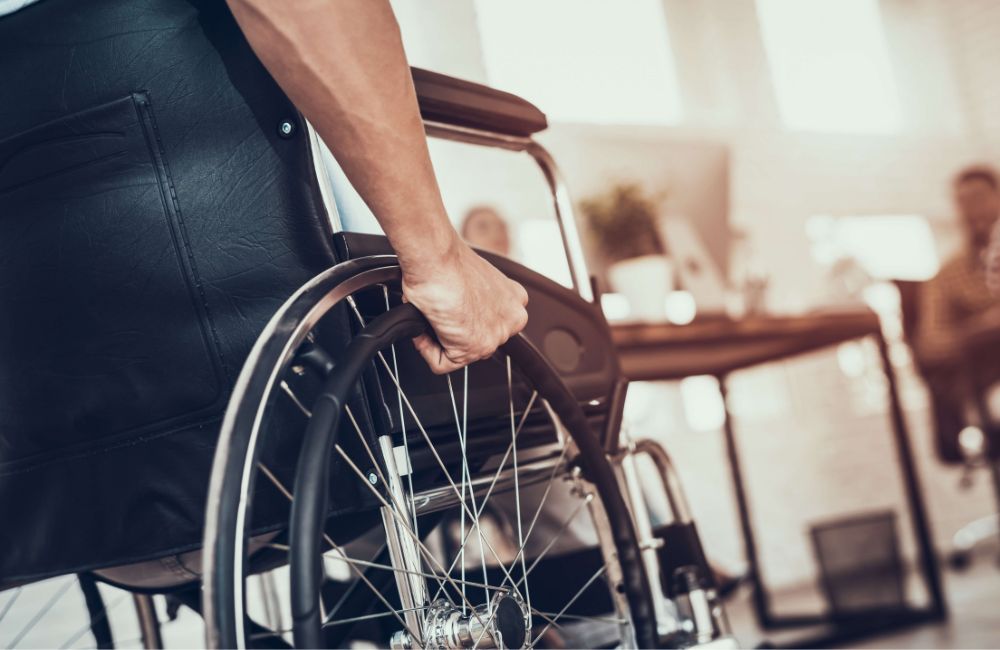A personal injury is a legal term used to describe physical or physiological harm to an individual. If you have been injured because of an accident which was not your fault – you are able to claim compensation, and this is referred to as a personal injury claim. Personal injury law is based around the idea, that if someone does you a wrong, the wrong they have done should be put right.
The most common types of personal injury claims are for:
- Accidents at work (covered by employers’ liability insurance)
- Accidents on public property or on business premises (covered by public liability insurance)
- Road traffic accidents (covered by motor insurance)
Limitations Act 1980
It is important to be aware that there is a three-year time limit under the Limitations Act 1980 in most cases to bring a claim for personal injury. This means that court proceedings must be issued within three years of you first being aware that you have suffered an injury. As solicitors are unlikely to represent if the claim is brought near the end of the 3 years.
In some cases, a court may decide to extend a time limit, depending on the circumstances of the case. For example, if a child is under the age of 18 and has suffered a personal injury, a parent or guardian can make a personal injury compensation claim on the child’s behalf up until the child turns 18 years old. Alternatively, a person who was injured as a child has three years from the date, they turn 18 to make a claim themselves.
How to begin a claim
Taking legal action for compensation for a personal injury can be expensive and complex, so it is important to be aware of legal costs.
One way to pursue a legal claim is through a ‘No win, no fee arrangement’ which is known as a conditional fee agreement with a legal representative. It is also worth looking at the insurance policies that you have in place as many include legal expenses cover – check the policy terms and conditions.
With a ‘Conditional fee agreement’, the solicitor representing you will receive no fees if you lose your case, but you may have to pay the legal fees and expenses for the other side.
This may be possible to indemnify against with insurance to cover costs. If the case is successful, the legal fees and expenses will normally be claimed from the other party.
Pre-action Protocol process
The process starts with lodging a ‘Letter of claim’ to the other parties or their legal representatives.
It will be important to establish liability through gathering all relevant evidence before you proceed and the losses/ injury incurred, which will establish the level of compensation. Establishing the liability can be complex and require investigation reports to establish the level of personal injury and future impact.
Finding a solicitor
You will need to consult a solicitor to take legal action for a personal injury, who will be registered under the Law Society’s personal injury accreditation scheme or clinical negligence accreditation scheme, depending on the nature of the injury.
The Law Society can give details of solicitors on these accreditation schemes and can be contacted at: www.lawsociety.org.uk
Motoring organisation members
If you have sustained an injury because of a traffic accident and you are a member of a motoring organisation, for example, the AA or RAC, you may be able to get specialist legal advice through that organisation.
Step by step guide to making a personal injury claim
- Ensure your safety by seeking medical assistance following an accident
- Check for witnesses and gather details
- Write an account of what happened
- Seek No Win No Fee legal assistance
- Gather information for a solicitor to determine the prospect of succeeding
- Get medical evidence to support your claim
- Establish a settlement with your legal representative
- Mediation may be considered as an option to settle outside of a court process.




